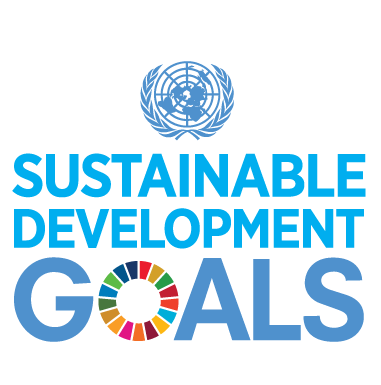Civil Registration and Vital Statistics play a key role in facilitating progress towards the Sustainable Development Goals. A well-functioning CRVS system is the best source of continuous and up to date information on birth, death and population statistics. These statistics in turn serve as the denominator for a wide range of population-based targets and indicators in the SDGs. Cause of Death data from CRVS systems are also required to directly report on a number of other indicators. These include maternal mortality, infant mortality, road accident deaths, deaths from non-communicable diseases and more.
Aside from its use in reporting, CRVS also contributes indirectly towards improving other target areas. Complete and timely vital statistics provide policy makers with better data on which to base policies and SDG implementation plans. In addition, registering births provides individuals with a legal identity. This helps to reduce discrimination, trafficking, statelessness and sexual exploitation. For children, birth registration provides access to education and can help prevent child marriage by providing proof of age. Legal documentation can also facilitate access to the health system and allow individuals to participate in civic life.
Improving CRVS is also an SDG target in its own right. Goal 16.9 calls for the provision of a legal identity for all, including birth registration, by 2030. Indicator 17.19.2 includes a provision to achieve 100% birth registration and 80% death registration by 2030. Finally, Target 17.18 calls for enhanced support for developing countries to improve the quality, timeliness, reliability and disaggregation of their statistical data, of which CRVS is an integral component.


